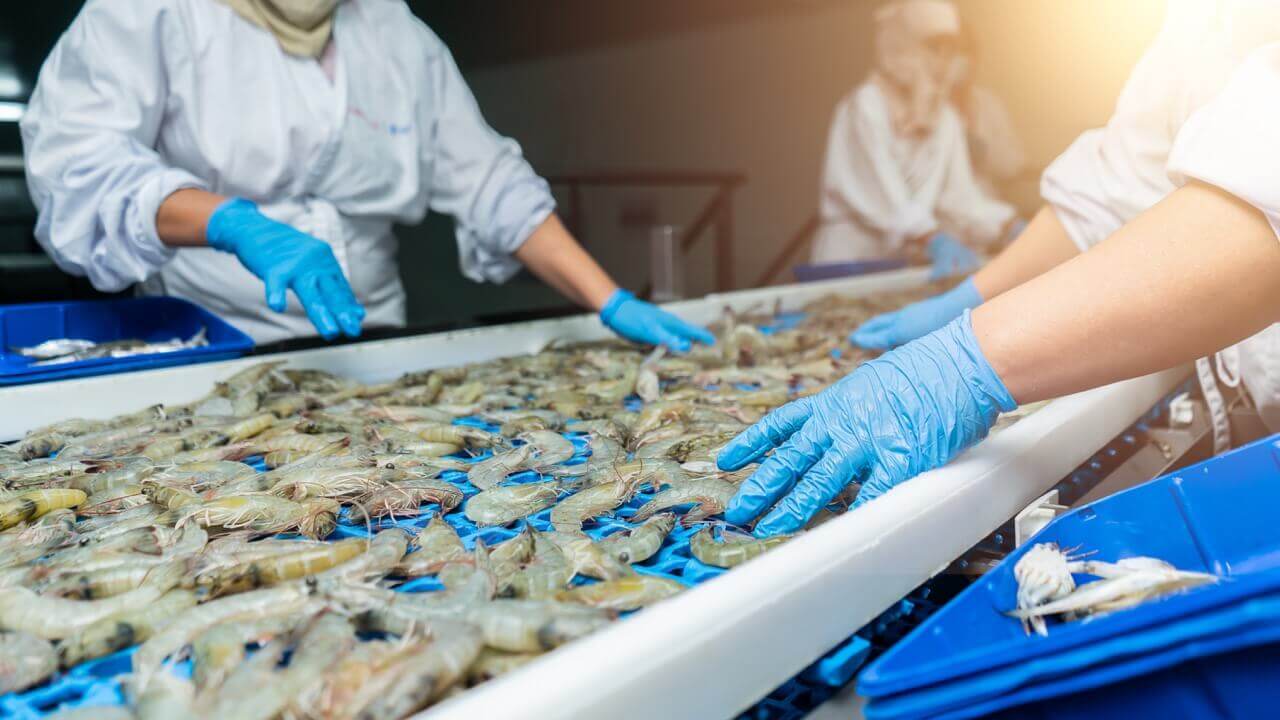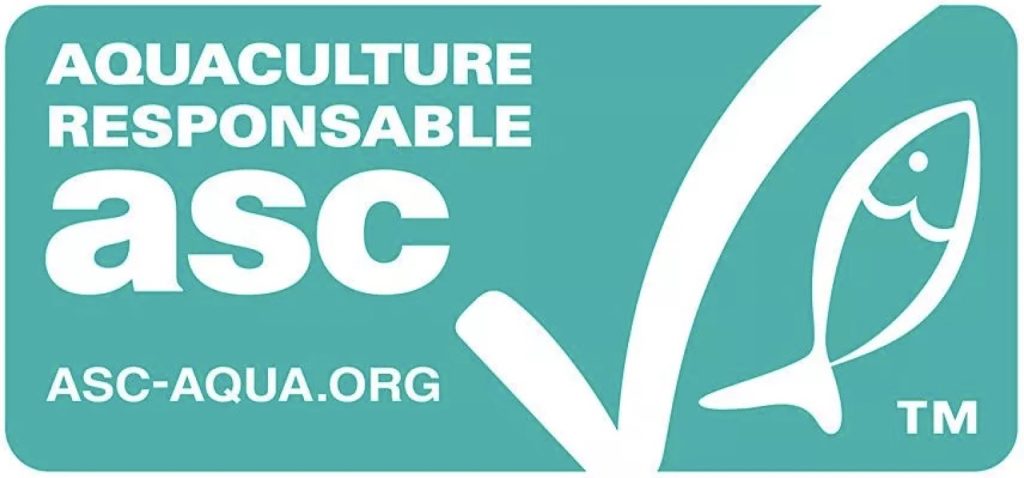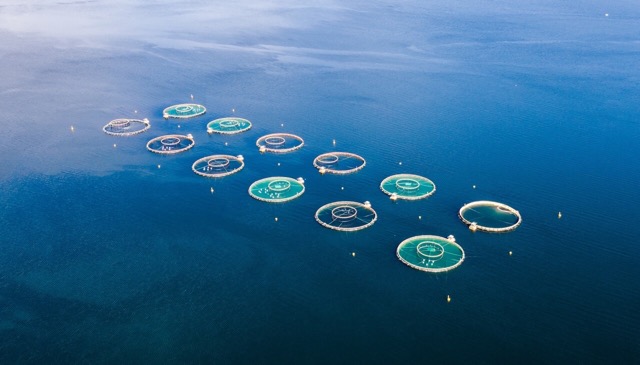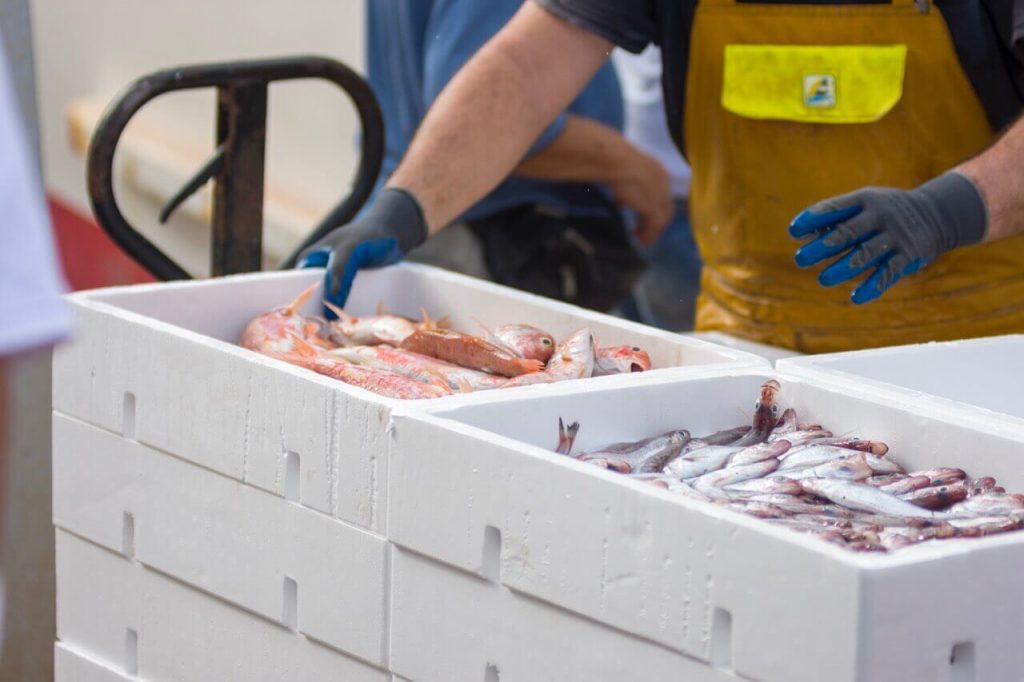In this article, we tell you why it is important to carry out quality controls on seafood products. Learn about the quality standards followed by KrustaGroup – a global seafood supplier – and the most relevant quality control practices that we have implemented in our plants. A set of practices in our production process which aim to ensure maximum quality of our seafood, customer satisfaction and enhance our brand reputation.
Quality Control: Best Practices for Seafood
Given these risks, it is crucial for companies that work with seafood to follow safety standards and implement quality control practices.
At KrustaGroup we are proud of our commitment to safety and quality. We base food safety standards on compliance with European legislation and adherence to widely recognized international standards, such as IFS (International Featured Standards). In addition, compliance with requirements under the ASC/MSC (Aquaculture Stewardship Council/Marine Stewardship Council) and BIO standards.
In addition to complying with these standards and regulations, the company has implemented a series of rigorous quality control practices in all of its processing plants to ensure that products will not cause harm to the health of consumers. These practices include:
Temperature control
The temperature of the product upon arrival is recorded at 100% of the entrances to the facilities, as it is the first requirement for the acceptance of frozen products. This ensures that products are kept at safe temperatures at all times.
Verification of organoleptic characteristics
More than 70% of the purchases received undergo a verification of organoleptic characteristics, such as weight, size, color, smell and packaging. This ensures compliance with quality standards and the freshness of raw materials.
Microbiologic analysis
100% of the frozen products transformed in the production room undergo microbiological analysis according to legal requirements and techniques of the FDA (Food and Drug Administration). This guarantees the absence of pathogenic microorganisms.
Control every hour of production
The net weight, size, temperature and times of the process and the product are verified every hour of production to maintain uniformity and quality.
Allergen labeling
The identification of allergens on labels is verified daily in 100% of the batches produced in the manufacturing room to guarantee the safety of consumers with food allergies. Also, it is also important to include information about the product formulation and ingredient specifications of the finished products.
Water control
Compliance with legal requirements in the water used in manufacturing processes is monitored.
Disinfection and staff training
The disinfection of the facilities and the hygiene of food handlers are microbiologically verified. In addition, continuous training is provided to all personnel involved in the food safety of the product.
“All of these practices are intended to bring products to the market that meet the specifications agreed upon with the client and, mainly, that are safe for consumers,” says Miriam Rivera.
Seafood contamination: Risks of Poor Quality Control
Seafood is appreciated around the world for its flavor and versatility in cooking. However, behind every seafood dish there is a set of challenges and risks associated with food safety.
Poor food quality control systems in seafood production and distribution can lead to a range of problems. For instance, food contamination, negative impact on the food industry reputation and economic loss.
These are the risks that poor quality control in fish and seafood can entail:
- Foodborne Illnesses (FBD): One of the most serious risks of poor quality control in seafood is the possibility of foodborne illnesses. Contaminated seafood can harbor pathogenic bacteria such as Vibrio, Salmonella and E. coli, as well as parasites such as Anisakis, which can cause serious illness in consumers. These diseases can result in severe gastrointestinal symptoms, hospitalizations, and even death in extreme cases.
- Chemical contamination: Shellfish can be exposed to chemical contaminants, such as heavy metals, pesticides, and industrial chemicals, due to contamination of the water in which they are grown or caught. Insufficient quality control can allow seafood contaminated with these chemicals to reach the market, which can have long-term adverse health effects on consumers.
- Loss of reputation: The reputation of the fishing industry can be seriously affected by the continued presence of low-quality or contaminated products on the market. Food safety scandals can damage consumer confidence and lead to decreased demand for seafood in general.
- Economic losses: Poor quality control can result in massive product returns, regulatory fines and costs associated with removing contaminated products from the market. This can have a significant economic impact on businesses and the entire seafood supply chain.
- Non-compliance with standards and regulations: Failure to comply with food safety regulations can lead to legal consequences for seafood companies and producers. Regulatory agencies often apply severe sanctions to companies that do not meet food quality and safety standards.
- Impact on the environment: Poor quality control can also have a negative impact on the environment. Overfishing and the capture of endangered species can contribute to declining shellfish populations and imbalances in marine ecosystems.
Fishery products: The importance of Quality Control
Ultimately, seafood can be highly perishable and susceptible to microbiological and chemical contamination. Therefore, it is essential to ensure food safety on seafood products. This can be done by carrying out rigorous quality controls to ensure that seafood and fish products are safe for human consumption.
Consumers have the right to consume the highest quality food products that do not pose any risk to their health. For this reason, quality assurance food safety must be a commitment of all companies in this sector.





